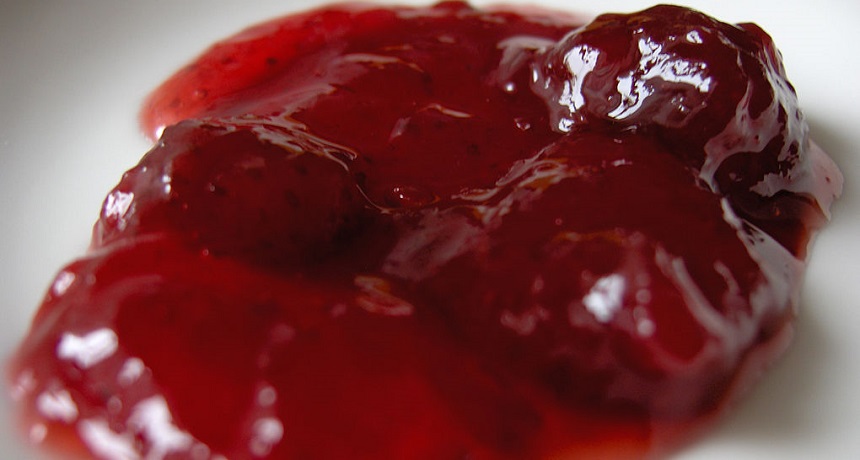Scientists Say: Colloid
Milk, fog and jelly have more in common than you think.

Jam is a type of colloid. Small particles of sweet fruit are suspended in water and pectin, which creates a sweet sticky treat.
PatríciaR/Wikimedia Commons
Milk, fog and jelly have more in common than you think.

Jam is a type of colloid. Small particles of sweet fruit are suspended in water and pectin, which creates a sweet sticky treat.
PatríciaR/Wikimedia Commons